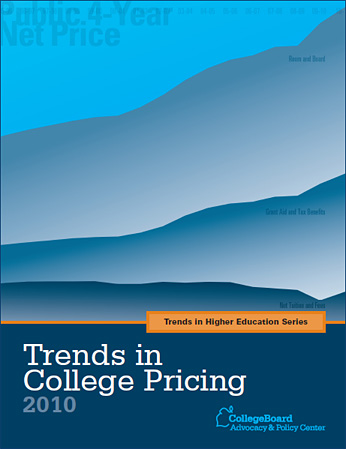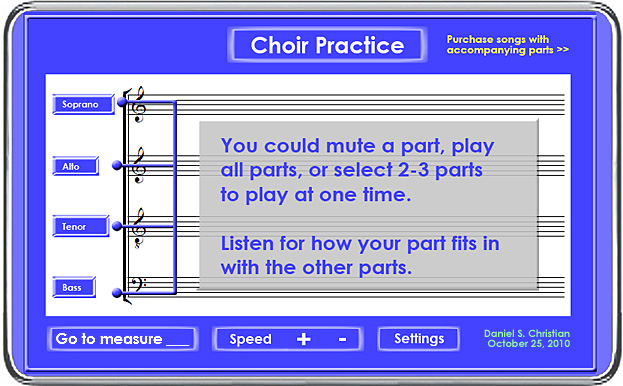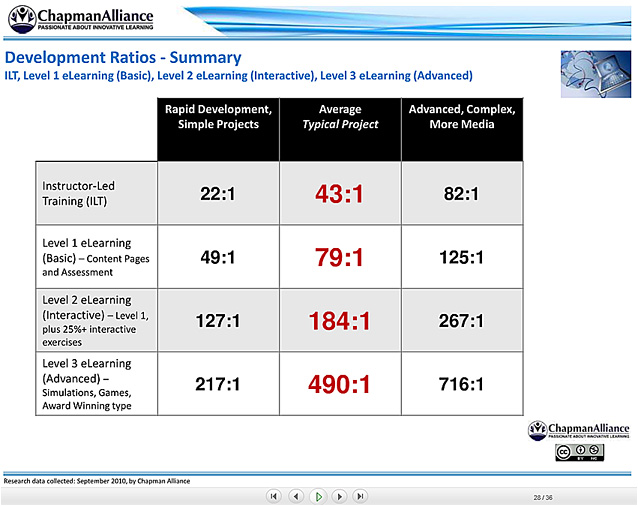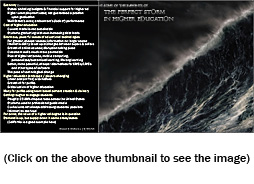California Department of Education now on iTunes U — from edweek.org by Canan Tasci
Teachers can now download educational content from the Apple site at no charge
The California Department of Education is following in the footsteps of Texas by launching an official presence on iTunes U, a dedicated area within Apple Inc.’s iTunes store that offers free downloads of lectures, lab demos, and access to educational content from state agencies and nonprofit groups.
With districts and schools under tremendous pressure to make every dollar count, California teachers can now download top-rated content from the site at no charge, said state Superintendent of Public Instruction Jack O’Connell.















